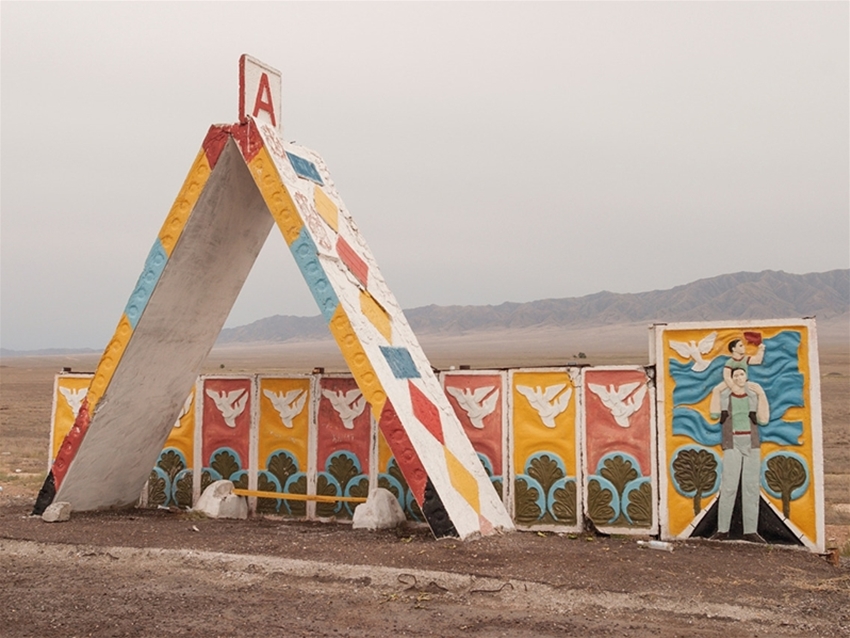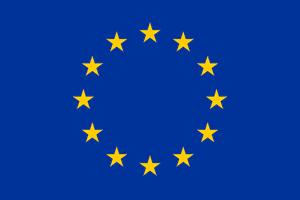Discussions
Paradas de autobús soviéticas - ¿reliquias del pasado o inesperados tesoros del arte moderno?
KATARZYNA GUT
Fotógrafo Christopher Herwig ha recorrido más de 30.000 km en coche, bicicleta, autobús y taxi en 13 países de la antigua Unión Soviética descubriendo el mundo de los autobuses soviéticos. Su impresionante viaje resultó en 2 volúmenes de fotografías de alta calidad. Debido a la falta generalizada de cualquier medio de transporte privado, la mayoría de los ciudadanos soviéticos viajaban en transporte público. El sistema de tránsito rápido del país fue el más utilizado en el mundo. En consecuencia, se construyeron autobuses o estaciones en todo el país que conectaban incluso las aldeas más remotas. Muchos de ellos estaban incrustados en el folclore o la arquitectura local, por ejemplo, los diseños kazajos y kirguises se inspiran en las tradiciones de la equitación y la cetrería, los refugios ucranianos muestran vívidos mosaicos locales. Haga un viaje al mundo de las paradas de autobús soviéticas disfrute de los diseños creativos de la época y háganos saber su opinión en la sección de comentarios.
Comments
There are some awesome bus stop designs around the world, which challenge us to think outside the box. User experience should always be first amnd what the needs of the passengers, or those who have to wait at the bus stop some times for hours without any infmration about the services.
What can bus stops evolve into? How can they have a ricjer aesthtic and play a more central part in peoples lives.
Do they become consolidation centres for ferigh delivery, information centres, or multimodal transport centres.
They also represent one of the most hated places in the transport system, as their current designs may offer no protection from the environment, and they are dangerous places for peopel to wait especially if they are poorly maintained and unlit.


4 years ago